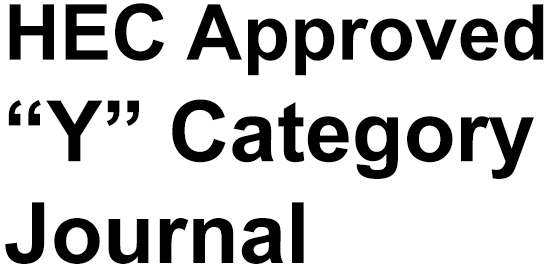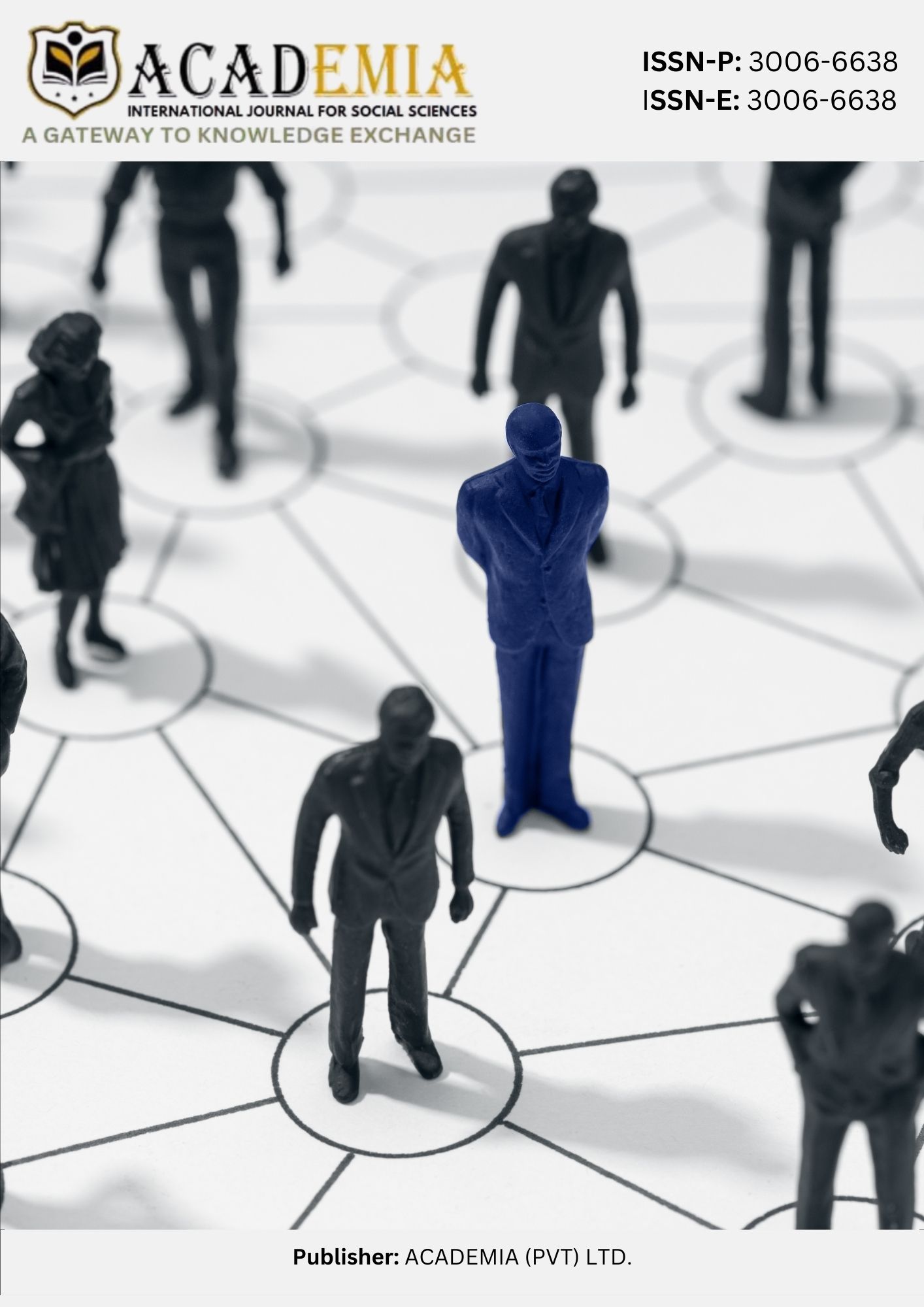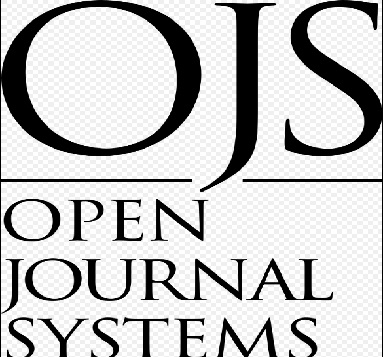Wit and Whimsy: A Stylistic Exploration of Social Dynamics in Jane Austen's Pride and Prejudice
DOI:
https://doi.org/10.63056/ACAD.004.01.0064Keywords:
Pride and Prejudice, writing style, narrative techniques, thematic explorationAbstract
This study examines the distinctive writing style of Jane Austen in Pride and Prejudice, using Leech and Short (1981) theoretical framework, highlighting its enduring relevance and critical acclaim. Through a comprehensive analysis, the research identifies key elements of Austen's prose, including her use of irony, satire, and social commentary, which serve to critique the societal norms of the Regency era. The novel's dialogue-driven structure is emphasized as a vital component for character development and the portrayal of interpersonal dynamics, inviting readers into the complexities of social interactions. Utilizing narrative techniques such as free indirect discourse and omniscient narration, Austen provides multifaceted perspectives that deepen the understanding of character motivations and societal constraints. The study also explores the significance of Regency-era vocabulary and syntax, illustrating how language reflects social class distinctions and enhances the authenticity of the setting. Ultimately, the findings reveal that Austen's mastery of language, combined with her ability to weave humor and critique into her narrative, results in a timeless exploration of themes such as marriage, class, and human relationships. This analysis positions Pride and Prejudice not only as a reflection of its historical context but also as a relevant commentary on contemporary societal issues, underscoring Austen’s significant contribution to English literature.
Downloads
Published
Issue
Section
License
Copyright (c) 2025 ACADEMIA International Journal for Social Sciences

This work is licensed under a Creative Commons Attribution 4.0 International License.












